Few professions are as demanding as being an elementary school teacher. Not only do you need to be an excellent orator, planner, academic authority and curriculum expert, but you need a myriad of other skills to boot – listening, conflict resolution, diplomacy, counseling and coaching, just to name a few.
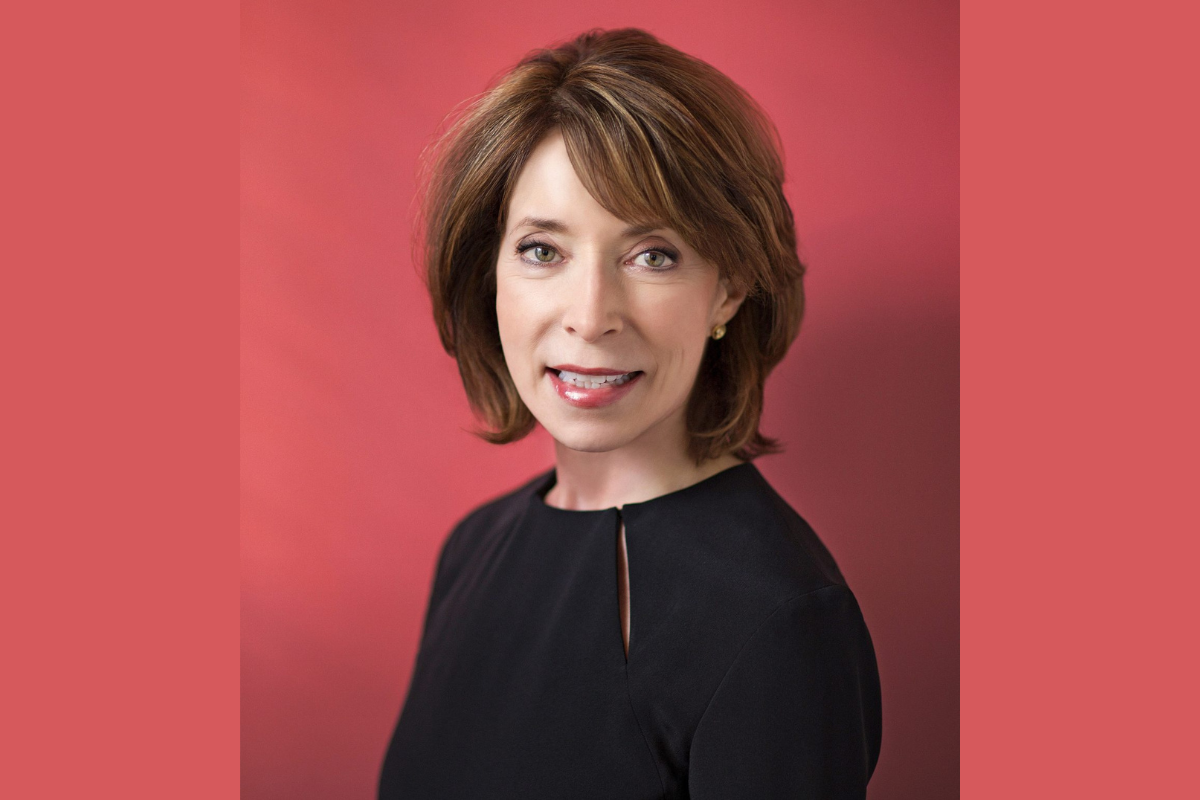
And so, when Savannah College of Art and Design (SCAD) Founder and President Paula Wallace reflects on her path to leadership, it is her experience in her twenties teaching at elementary schools in South Carolina and Georgia that she credits with preparing her for her current role. “Teaching elementary school demands everything of you,” she tells The CEO Magazine. “What other profession so perfectly prepares you for leadership?”
During her time working with those “restless hearts and easily distracted minds”, Paula devised a curriculum infused with invention and creativity, which sparked something within herself as well as her students. “In those early years of teaching, I learned that old institutions don’t change much or ever – too many rules, too much to risk,” she recalls. “I soon found myself dreaming of new horizons.”

I learned that old institutions don’t change much or ever – too many rules, too much to risk.
Among her ideas were an arts academy or an arts college. By teaching her students how to invent, make and express their ideas, Paula had started to write a new story for herself. “This is where the idea for SCAD was born,” she says.
Making it happen
With the idea in place, the tough process of making it a reality began. “In the beginning, we had no buildings, no students. We didn’t even have a zip code. We scouted locations in Charleston and St Augustine, and quickly settled on Savannah,” Paula recalls. “I loved the city: its quietude, beatific squares, historic architecture, proximity to the beach. You could paint en plein air all year long. It was perfect. I knew students would love it.”
Angel investors were a necessity, and fortunately Paula’s parents stepped up to the plate. “My father had just retired from the US Bureau of Labor Statistics and my mother from an administrative role with the Atlanta Public Schools,” she shares. “She’d written popular language arts textbooks for Houghton Mifflin, the royalties of which became the seed money for our little startup school.”

Those funds were used to purchase the old Savannah Volunteer Guards Armory on Bull Street. Although it was then a dilapidated wreck of a building, Paula could sense its immense potential. “The place was a fortress (literally), though not exactly turnkey. It was cold, damp, dusty, and gargantuan – with no air conditioning, peeling paint and every surface coated in a greasy, lurid dust,” she says. “Many windows had been boarded. Outside, hung a Schlitz beer sign. ‘Go for the Gusto’, the sign read. We spent months cleaning, scrubbing and polishing that building. SCAD brought the gusto back.”
The hurdles didn’t end there. “I’ve faced countless challenges in growing SCAD into the world’s elite university for creative professions – I’m a woman, I’m from the south, I’m not a stuffy academic,” Paula points out.
But each sleepless night proved to be worth it when her SCAD dream was realized just a few years later. In the fall of 1979, Paula unveiled the newcomer to Savannah’s higher education landscape, complete with a building, a catalog, four staff, seven professors and 71 students.
“My parents’ investment of their retirement savings has now changed the lives of more than 60,000 students and alumni, with hundreds of thousands of family members, employers, companies, and communities bettered by SCAD across 44 years,” she smiles.
The university’s mascot is the hardworking, creative honey bee, chosen for its ability to make “sweetness and beauty”, with Paula affectionately referring to SCAD’s students as its “Bees”.
Challenging the status quo
Now a new chapter in the SCAD story is unfolding, largely in response to the unprecedented business realities unleashed by the pandemic. “The pandemic accelerated the need for invention everywhere, but most of higher education did not seize the opportunity,” Paula says. “New urgencies reshaped every customer touchpoint, from apps and airlines to hospitals and food delivery. Every company and organization had to demonstrate its relevancy with stories, films and user-experience journeys.”
While the world of business has evolved during the pandemic, Paula says that business schools have not. “I conceived the De Sole School of Business Innovation at SCAD to prepare students for this new business reality,” she explains. “From the very beginning, I built SCAD to challenge the status quo.”
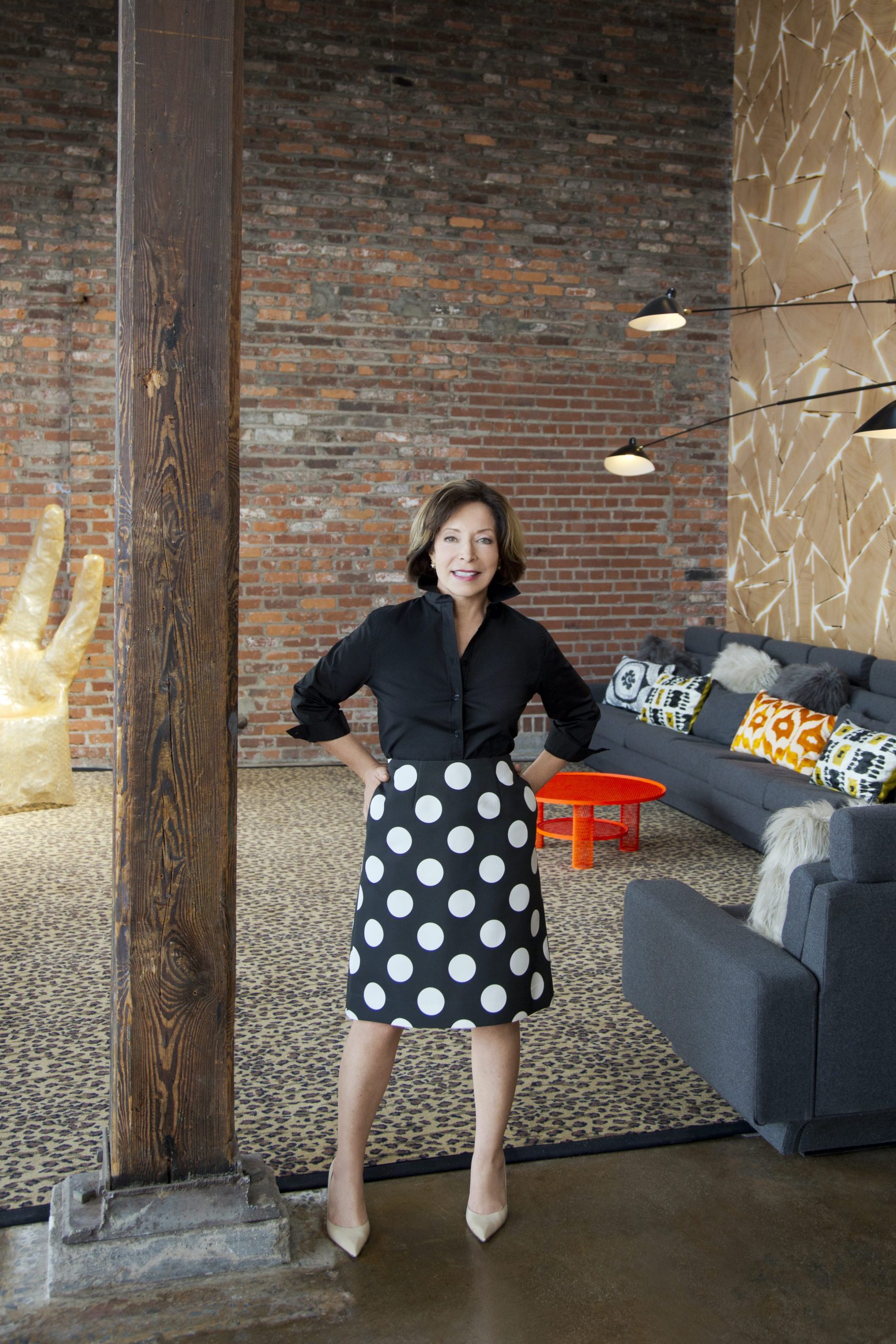
I conceived the De Sole School of Business Innovation at SCAD to prepare students for this new business reality. From the very beginning, I built SCAD to challenge the status quo.
She explains that SCAD does this by acting swiftly, reacting to the changing needs of both employers and students to devise new degree programs. “For example, I conceived of the new BFA degree in the business of beauty and fragrance after a L’Oréal executive asked SCAD to help them find new hires,” Paula shares. “We studied the market and saw a gaping hole. The beauty industry needs creative leaders who understand storytelling, branding, color theory, sustainability and more, as well as the business of beauty. We created the degree program, and 100 per cent of these grads are employed at graduation.”
This demand for imaginative solutions has been building for several years, according to Paula, who has observed the trend at the university’s in-house research studio SCADpro, where business leaders bring “real-world” questions to the students. “These Fortune 500 companies need our help,” she stresses. “They want the unique insight afforded by gen Z minds.”

The Best in the Business
The new De Sole School of Business Innovation bears the esteemed name of business innovation legend Domenico De Sole who is perhaps best known as the man who, along with fellow icon Tom Ford, transformed Gucci into the luxury powerhouse it is today, with the pair then going on to establish Ford’s self-named label. He now serves as Chair of Tom Ford International and also sits on the boards of a plethora of well-known companies such as GAP, Procter & Gamble, Bausch + Lomb and Condé Nast.
“I am honored to have devoted my career to nurturing talent and amplifying creative brilliance through business innovation,” Domenico says of the partnership. “SCAD has revolutionized professional creative education. The university’s graduates possess a remarkable gift for marrying inventive thinking with business strategy.”
Indeed, the entire De Sole family has championed SCAD students and graduates for decades, and now, this partnership deepens to ensure the continued leadership of SCAD grads in every economic sector imaginable, from retail and design to finance, tech and beyond.
“I look forward to sharing my lifetime of experience with future generations of creative business leaders at SCAD’s De Sole School of Business Innovation,” Domenico said.
This year alone, SCADpro clients included an impressive roll call of global brands, among them Ford, Lexus, Delta, Google, Fidelity Investments, Capital One, Marriott, Deloitte, CBS and Nike. “These clients seek out SCAD because they are passionate about differentiating their products and services to earn a competitive advantage in the marketplace,” Paula explains. “Call us an ‘art school’ if you want. To these companies, we’re a university devoted to creative innovation. Founding the De Sole School of Business Innovation was the obvious evolution of SCAD’s forward trajectory to prepare our students for creative leadership.”
Indomitable creative spirit
The university’s calendar of events represents another inspiring part of its appeal, with SCAD AnimationFest, SCAD Film Festival, SCAD TVfest, SCAD deFINE ART, SCADstyle, SCAD GamingFest and the SCAD Fashion Show, along with Open Studio, the Sand Arts Festival and the Sidewalk Arts Festival, its oldest event. Then there are the weekly exhibitions, performances, SCADpro pitches, artist talks and master classes where industry pros can engage with SCAD students.
“Just a few weeks ago, at the launch of our new academic program in sneaker design, we hosted panels at SCAD Savannah and SCAD Atlanta with alumni who are working at Nike, Adidas and Yeezy,” Paula says, adding that both events were standing-room only. “You couldn’t find a seat, both spaces packed with students who want to design the next great pair of Jordans.”
According to Paula, the crammed calendar helps support SCAD in its commitment to “prepare talented students for creative professions through engaged teaching and learning in a positively oriented university environment”.
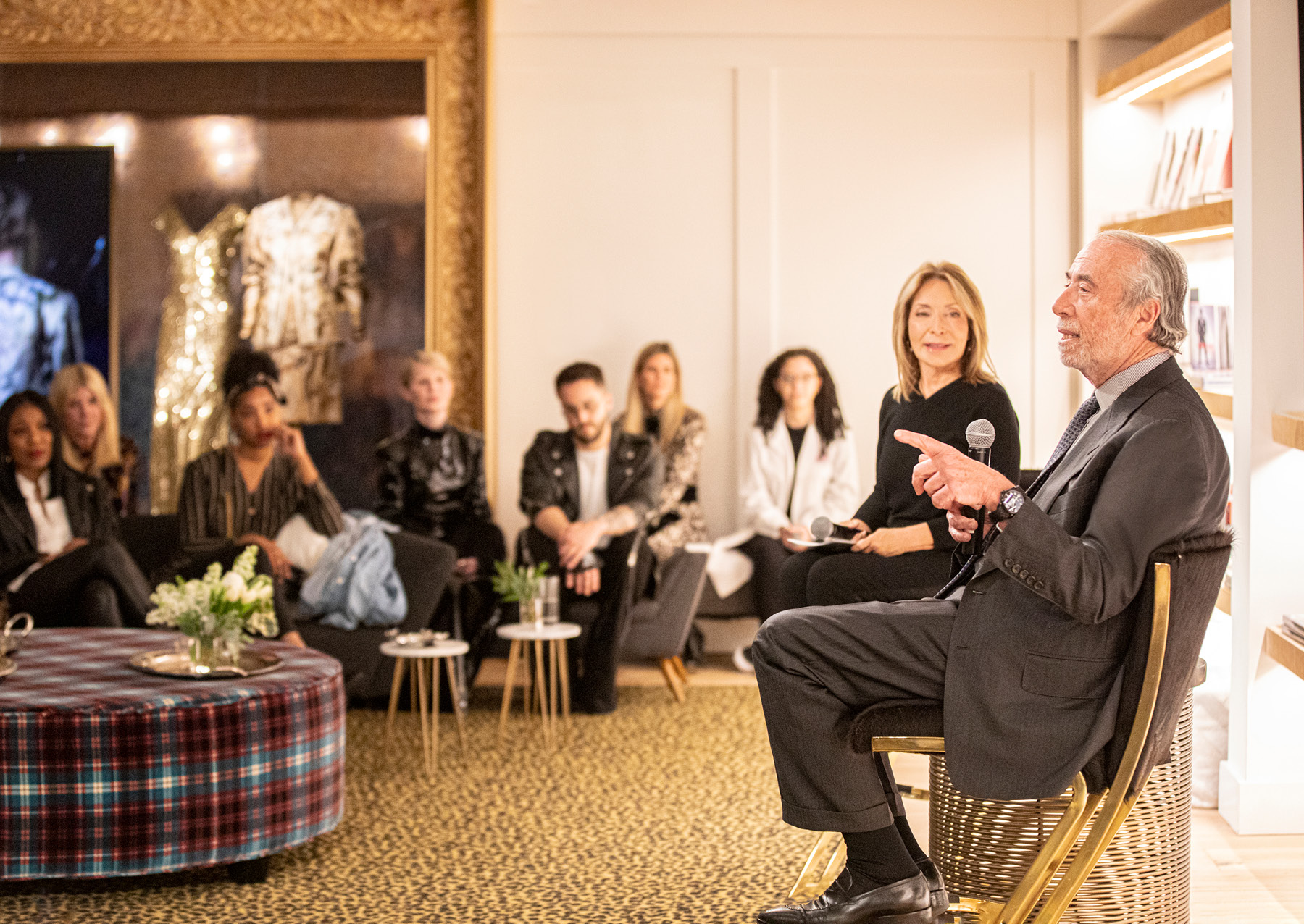
“Our events advance that mission by drawing industry pros together with SCAD students to network. Guests find themselves rejuvenated into the restless, inventive esprit de corps of our Bees. Students soak up the wisdom and insight of these luminaries. They pitch their ideas, show their portfolios. Strangers turn into friends, and friends turn into allies, collaborators and employers. Everybody wins at SCAD signature events.”
Even the pandemic couldn’t dampen SCAD’s creative spirit. In March 2020, as many universities faced the mammoth task of shifting to online learning, Paula was confident that SCAD was well positioned thanks to its award-winning, pioneering distance education platform. Rather than baulking in the face of the immense shift underway, she instead saw possibilities.
“SCAD embraced the opportunity to transform SCAD e-learning into SCADnow, the most engaging virtual learning platform in higher ed,” she says. “SCADnow has earned student satisfaction ratings above 90 per cent, compared to an average of less than 60 per cent among online learning platforms at universities nationwide.”
Determined to ensure SCADnow stood out from the typical “detached and asynchronous” virtual learning experiences, SCAD put an emphasis on streaming its courses in real-time where possible, with all other course content available 24/7. “All lectures and demos are recorded for study, reflection and practice,” Paula shares. “SCADnow also advances accessibility and inclusivity through alternative formats in Blackboard that support a broader range of cognitive and physical abilities.”
Making a difference
Paula and the entire team at SCAD are working hard to make a difference, with the local community just as much of a priority as further afield. “All of us at SCAD have devoted our lives to teaching students to change the world through the power of invention,” she says. “This power of invention, married to our love for SCAD’s hometowns, is the genesis of SCAD SERVE.”
The program aims to address community challenges in four areas – clothing, food, shelter and the environment – through applied research and creative problem-solving combined with design thinking and measurable outcomes. “We have entire schools and degree programs devoted to these perennial priorities,” Paula says. “SCAD SERVE is not about thinking or wishing: it’s about doing.”

SCAD SERVE is not about thinking or wishing: it’s about doing.
At its heart is a multidisciplinary studio course entitled GOOD 560: Design for Good, which combines applied research with field experiences. Supervised and led by SCAD professors and alumni mentors, it teaches students to incorporate design, business concepts, social entrepreneurship and community partnerships to address those four focus areas.
The SERVE project has yielded some exciting outcomes this year such as the opening of the Lofts on Pulaski, an affordable workforce housing funded and created entirely by SCAD. “We reimagined and wholly refreshed our university’s first residence hall, Pulaski House into housing for frontline workers: nurses, schoolteachers, foodservice workers, police officers and others,” Paula explains. Featuring 22 modern, energy-efficient apartments with views and parking, the property’s monthly rents range from US$775 to US$1,055 – “well below” market rates for downtown Savannah, she adds. “Essential workers deserve the best, and that’s what SCAD has provided.”
With many universities touting their exclusivity, SCAD instead takes pride in its inclusivity. “You can’t foster inclusion at an old-line institution steeped in its ways,” Paula insists. “SCAD hasn’t had to shed old habits or traditions like tenure or the Greek system prevalent at other colleges. Inclusion is one of SCAD’s greatest assets.”
Respect forms the cornerstone of the SCAD approach. “Even within the different majors, students and professors respect and understand their need to leverage the knowledge of other academic areas,” she continues. “Inclusion affords collaboration. No department is more important or more meaningful to our mission than any other.”
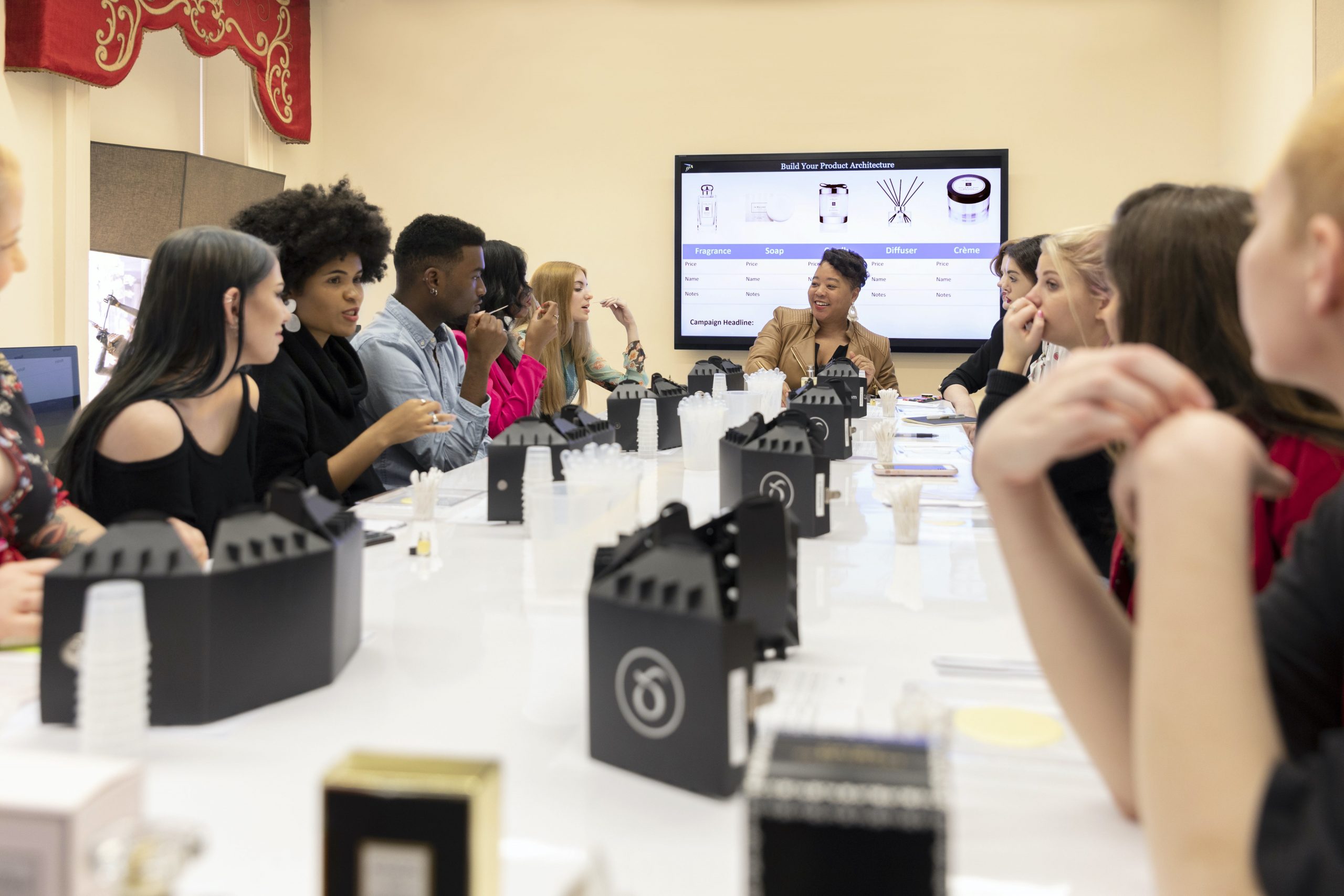
This spirit of inclusion extends well beyond the SCAD walls, with the university widely recognized for helping to make Savannah “more inclusive and future-focused”. It purchased and restored the Beach Institute, established as the first official school of Black students in Savannah back in 1865, then donated it to the King-Tisdell Cottage Foundation. “The Beach Institute is once again a presence in the city and serves as a vital center for Black art, history and historic preservation,” Paula proudly says.
Soon after, SCAD undertook a comprehensive architectural rehabilitation of Sapelo Island’s historic First African Baptist Church – a cornerstone of Georgia’s Gullah-Geechee communities since the 18th century – in partnership with the descendants of original congregants. “The university formally requested the return of the land to the church from the State of Georgia, which resulted in the land being deeded back to the church.”
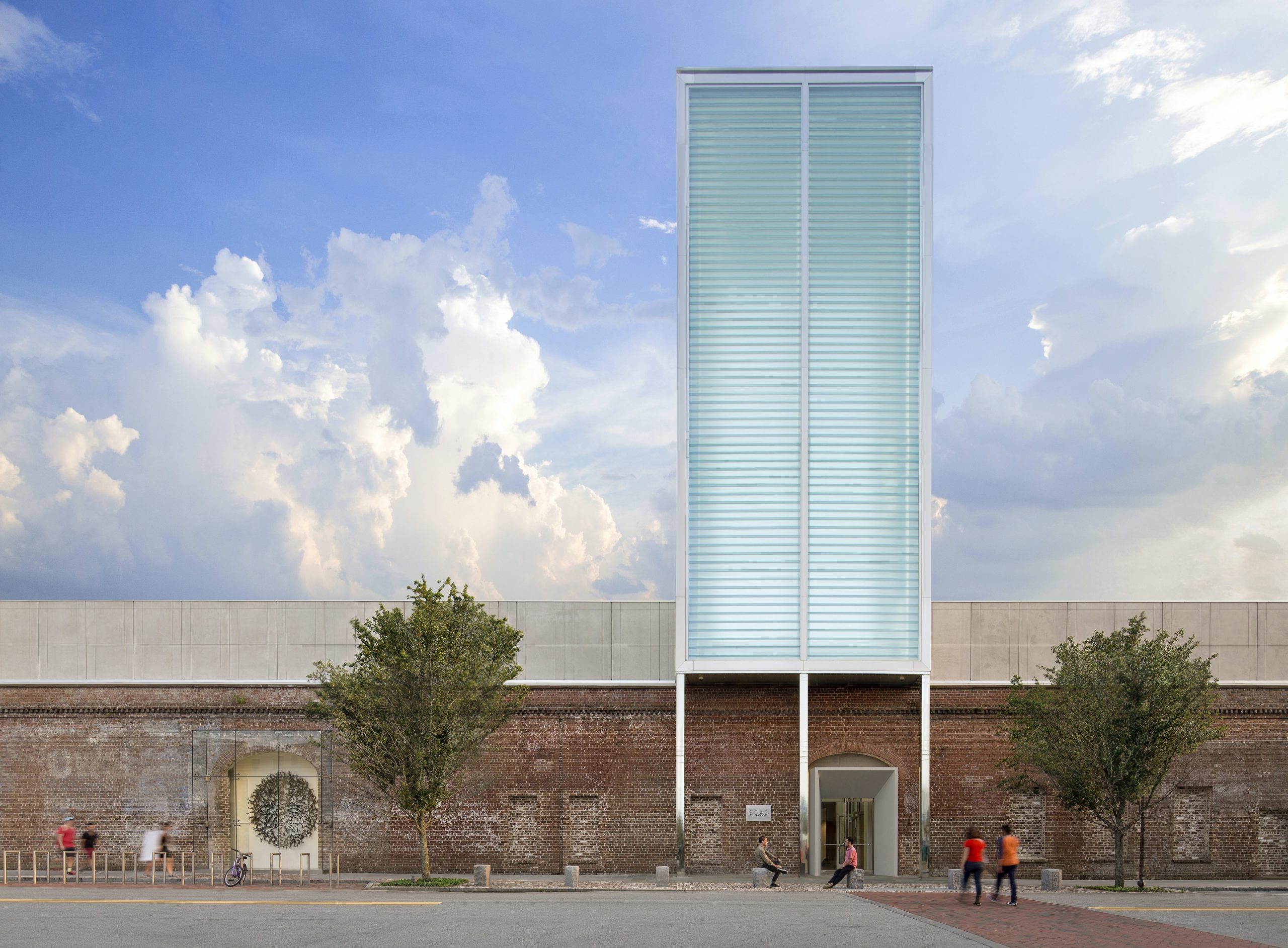
Museum Milestone
This year, SCAD will celebrate the 10th anniversary of the SCAD Museum of Art and the Evans Center for African American Studies, with permanent gallery space dedicated to exhibiting the work of contemporary Black artists.
“In the decade since its founding, the Evans Center and SCAD MOA have continually exhibited Black artists,” Paula says. “Within the Evans Center, SCAD installed a medallion honoring the legacy of Ellen and William Craft, who escaped the brutal bonds of slavery and helped lead the trans-Atlantic abolition movement during the 19th century.”
In addition, SCAD recently released a new documentary film about the Crafts, called A Thousand Miles and Counting, which has been commended by Smithsonian Magazine, Black Art in America and others.
SCAD students are involved in all these initiatives, showing them firsthand how a not-for-profit like SCAD can leverage its resources to serve the community particularly in a world where racial inequality remains deeply entrenched. “SCAD has worked tirelessly to address and foster inclusion for Black students,” Paula says. Over the course of the last decade, the number of Black students has doubled. Last year, nearly 1,900 SCAD students who self-identify as Black received more than US$11 million in scholarship support.
“This ethos, this spirit of inclusion that permeates the entire university, lives deep inside the character of SCAD and directly links to my early career as a public school teacher – where all students, regardless of background, past performance and unique learning challenges, deserve love and respect,” Paula says.


